Log in or create new account to save this product to your wishlist.
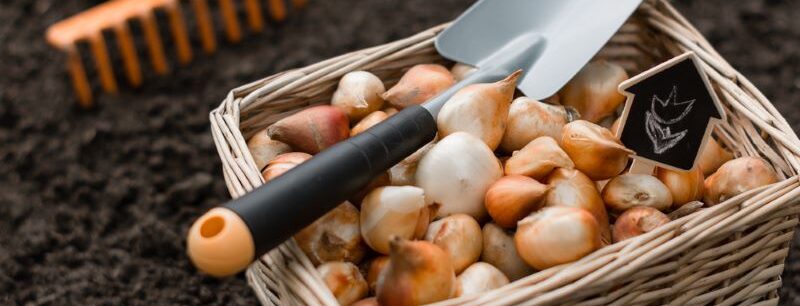
The Complete Guide to Planting Bulbs — step-by-step
Flowering bulbs can provide years of beautiful flowers. But you need to know how to treat them for the best results. Find out how in our step-by-step guide.
🌱 All important maintenance moments for your lawn during the year. Leave your email and we will send you the lawn calendar for free.
Enter your email
Receive the lawn calendar in the mail
Enjoy a green lawn all year round!

- Order by 2PM = shipped today
- 250.000+ satisfied customers!
- 60 day satisfaction guarantee
Flower bulbs offer years of blooms. And whether you leave them in the ground or dig them up to store them over the winter, if you treat bulbs right, they offer decades of beautiful spring, summer, autumn, and winter blooms.
- What are the types of flower bulbs?
- Are all bulbs the same?
- Planting bulbs — where’s best?
- Planting bulbs — when?
- Planting bulbs — how deep?
- A Calendar of blooms — when your bulbs will flower
- A step-by-step guide to planting bulbs
- Care and maintenance of flower bulbs
- How to overwinter your bulb
- FAQs
- Conclusion
And while some bulbs are super-hardy, others struggle to survive. So, it’s essential to understand your bulbs’ needs so that these gardeners favourites burst into flower for years to come.
In this article, we’ll explore everything you need to know about planting bulbs.
What are the types of flower bulbs?
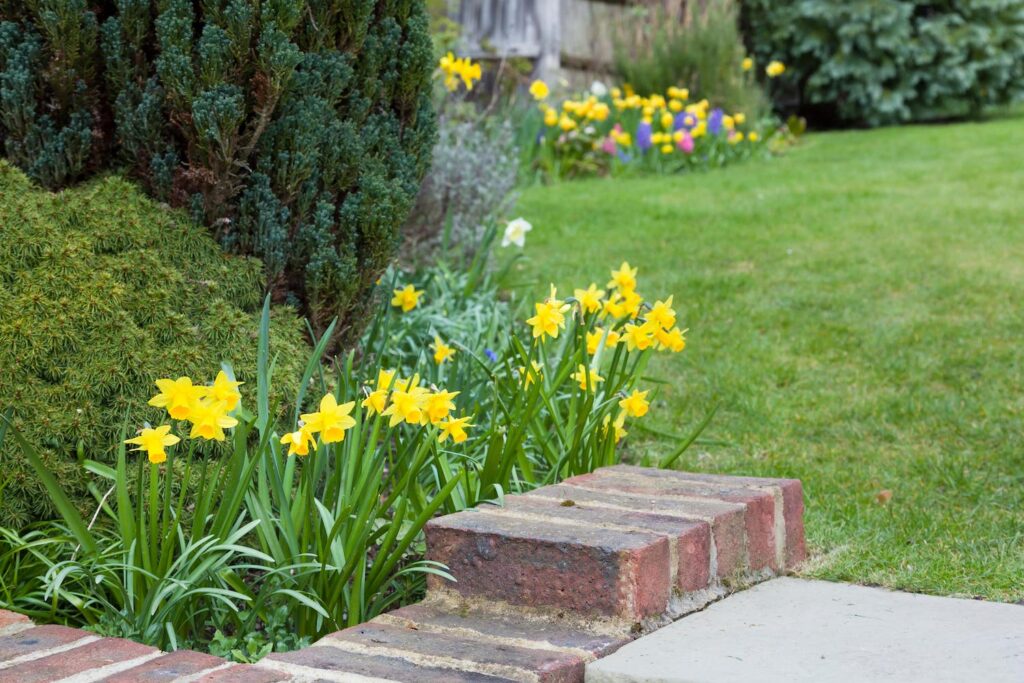
A flower bulb is a swollen underground tuber that produces a flowering stem. There are several approaches to planting bulls, depending on the variety and your garden’s conditions.
Some of the most common bulb plants include:
- Daffodils
- Tulips
- Hyacinths,
- Lilies
- Gladioli
- Begonia
Spring-flowering bulbs include:
- Daffodils, with their beautiful yellow, white or pink flowers
- Tulips, in a wide range of colours
- Hyacinths, offering grape-like fragrant springs bloomers in all kinds of bright colours
Summer-flowering bulbs include:
- Lilies, offering graceful, fragrant flowers
- Gladioli, producing tall, large, showy flowers
- Begonias, with a rich variety of colours and patterns.
Autumn— and winter-flowering bulbs include:
- Crocuses, producing vibrant purple, white, or yellow blooms
- Dahlia, bursting into star-like flowers in a vast range of colours
- Cyclamen hederifolium, with its unusual, upside-down flowers and silvery, marbled leaves
- Begonia, for tons of orange-tinged yellow flowers
- Snowdrop, with its drooping, long-petaled blooms
- Winter Aconite, bringing the sunshiney yellow to your winter garden.
Are all bulbs the same?
No. A bulb is an underground food-storage organ, and there are four types:
- True bulbs — typically rounded at the top, with a flat root base. Examples are daffodils, snowdrops, and lilies.
- Corms — similar looking to bulls, but they have one or two buds at the top. Examples are crocuses and gladioli.
- Tubers — rather than true bulbs, these are actually swollen roots (as in dahlias) or swollen stem bases ( as in cyclamen)
- Rhizomes — swollen stems that grow just below the surface of the soil or horizontally. Examples are lily-of-the-valley, cannas, and bearded irises.
While these bulb types look different, they play a very similar function, i.e., to store food during its active phase for the plant’s dormancy.
Planting bulbs — where’s best?
Plant flower bulbs directly into the ground or add them to pots.
Planting bulbs in the ground
When planting bulbs in the ground, choose a sunny spot with plenty of direct sun. Dig a hole deep enough to cover the bulb and its roots completely. Ensure the soil drains well — it should be moist, not wet.
Mix compost, mulch, or well-rotted manure into the soil to improve drainage if needed.
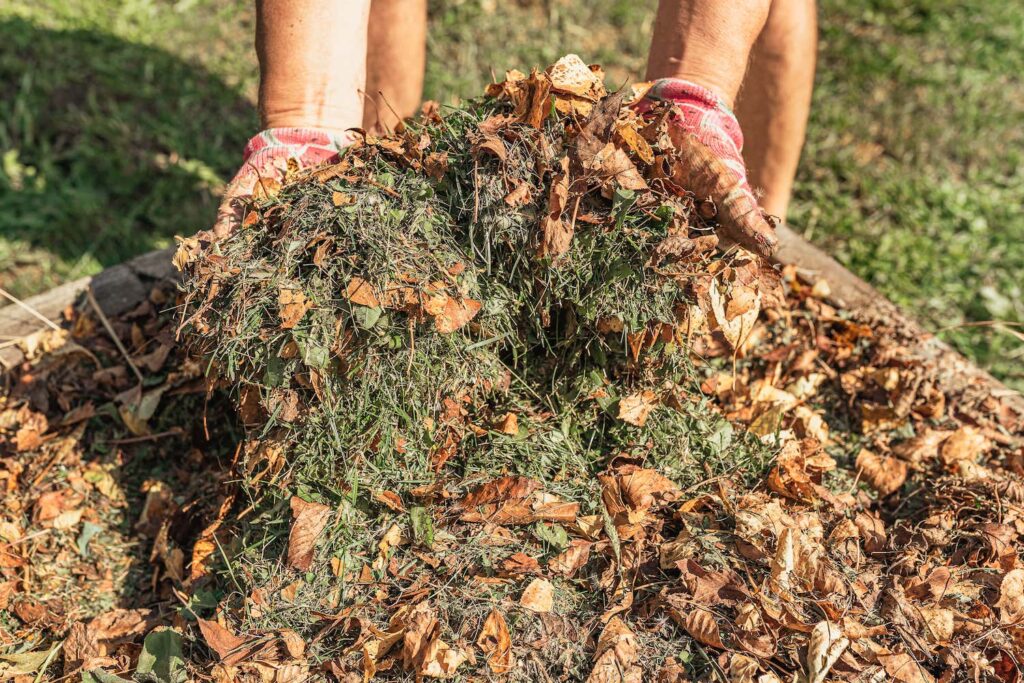
Planting bulbs in pots
If you’re planting bulbs into pots, ensure you give them plenty of space to establish — don’t overload the pot.
Make sure the pot drains well; otherwise, your bulbs could rot.
Planting bulbs — when?
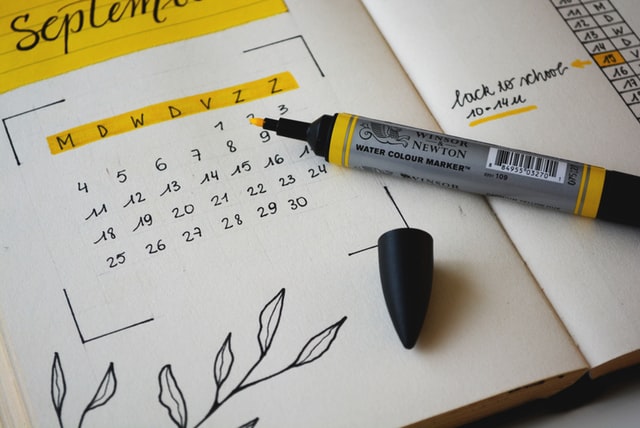
When to plant your bulbs depends on when they will burst into flower.
- Spring-blooming bulbs — plant them in late autumn when the soil temperature has cooled.
- Summer-blooming bulbs — plant them in early spring after the risk of frost has passed.
- Autumn and winter-blooming bulbs — plant them in late spring.
Planting bulbs — how deep?
Bulbs differ in size and shape — but the general rule is:
Plant your true bulbs at a depth of two-to-three times their height.
So, if a bulb is 2cm from the top to the bottom, plant it 4-6cm deep. You don’t need to plant bulbs quite so deeply in pots.
Plant rhizomes just below the soil’s surface and tubers around 15-20cm deep. However, you can plant stem tubers, such as cyclamen, near the surface — always check the instructions on the packet.
Ensure that the soil isn’t too wet when you plant them, or they could rot. On the other hand, water the soil well after planting if the soil’s dry.
How far apart should you plant bulbs?
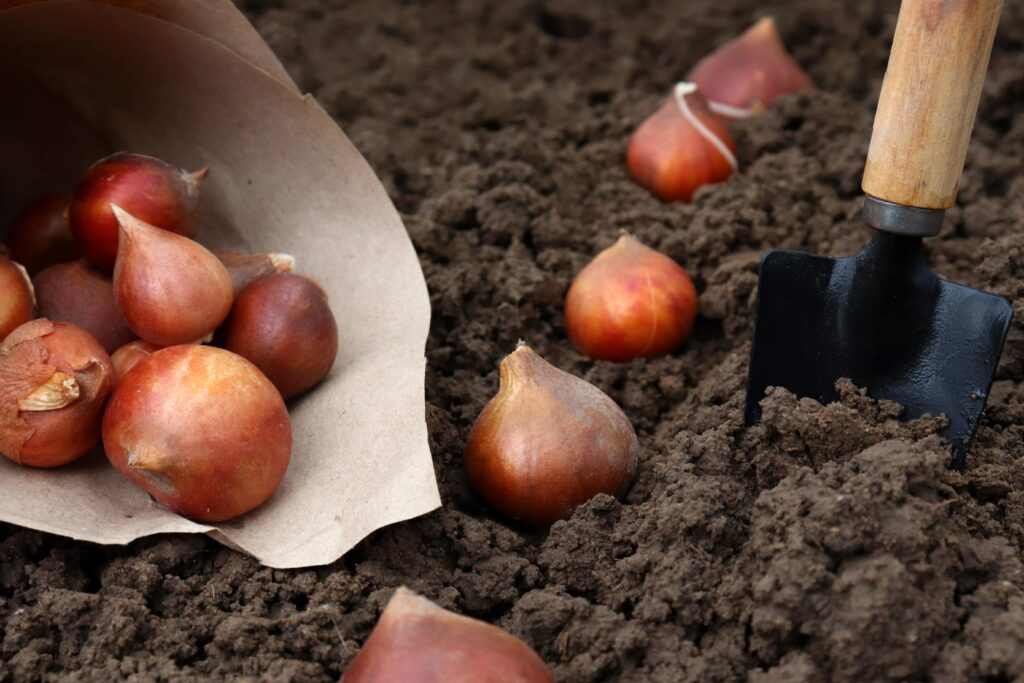
Overcrowding your soil with flowering bulbs won’t necessarily result in more blooms. The rule of thumb here is:
Leave at least three times the bulb’s diameter between each bulb.
So, if a bulb is 2cm wide, leave at least 6cm between each bulb.
A Calendar of blooms — when your bulbs will flower
It’s possible to enjoy flowering bulbs all year round — you just need the right mix. So, here’s a handy overview of the year’s blooming bulbs.
- January to February: snowdrops, winter aconite
- February to March: crocus, spring bellflower
- March to April: daffodil, star hyacinth.
- April: hyacinth, blue grape
- April to May: lapwing egg, tulip, summer snowflake.
- May: lily of the valley.
- May to June: bluebell
- June to August: lilies
- June to September: Gladiolus
- June to October: begonias
- November to December: Nerines, Amaryllis, Paperwhite narcissi
A step-by-step guide to planting bulbs

Planting bulbs is fairly straightforward. You’ll need a hand-held potting spade if you’re planting individual bulbs or a well-prepared flower bed if you’re planting lots of bulbs in the same place.
- Find the ideal location: a sunny spot is preferable, although check the bulb packet; some bulbs do well in dappled- or full shade.
- Loosen the soil well with a spade, ensuring the texture is crumbly and not too wet. Mix mulch, compost, or well-rotted manure if the soil is too wet.
- Dig a hole deep enough for your flower bulbs (following the guidance in the previous section). Use a spade or bulb planter.
- Plant the flower bulb in the prepared hole with the pointy end facing upwards and the root end down into the earth.
- Cover the bulb with soil and press it down lightly.
- Water thoroughly.
Simple! There’s very little to it! Follow these guidelines, and you’ll be enjoying flowering bulbs all year round.
Care and maintenance of flower bulbs
Hardy bulbs require very little maintenance, especially if growing in the ground.
Watering your bulbs
You may need to water the soil during drought; otherwise, hardy bulbs are pretty straightforward in terms of care.
You may need to water potted bulbs because the soil is more likely to dry out, especially in warm conditions.
Bulbs need extra water while they’re growing and for six weeks after the flowers have died down. Once the green leaves have died, they’ll become dormant until the next growing season.
However, you need to regularly water summer-flowering tubers and rhizomes that produce lots of blooms, such as dahlias and cannas.
Feeding you bulbs
Depending on the bulb variety, feed your bulbs at least once a year with an appropriate fertiliser. It’s always a good idea to keep the bulb packet for later reference.
Most bulbs benefit from a high-potassium fertiliser — so tomato feed could do the trick! Feed as soon as the shoots emerge from the ground, and stop when the foliage is dying down.
Potted bulbs need a feed before they burst into flower and continue until the foliage goes yellow.
Feed vigorous tubers and rhizomes that produce lots of blooms fortnightly using a high-potash feed.
Should I deadhead my bulbs?
Once the flowers have died, it’s best to cut spent flowers at the base of the flower stalk. And while this won’t necessarily stimulate new flower growth, it will help return energy to the bulb for the following year.
However, deadheading tubers and rhizomes encourages further flowering.
How to overwinter your bulb
Leave hardy bulbs in the ground during the winter, although you might want to put your pots in your greenhouse to protect them from hard frost.
You can transfer half-hardy flowering bulbs, such as dahlias, gladioli, agapanthus, and cannas, into pots and bring them indoors over the winter. But this isn’t necessary for warmer regions of the UK — just cover the growing area with 25cm of mulch to insulate the soil instead.
However, heavy clay soil retains its moisture for too long and can cause half-hardy and borderline-hardy bulbs to rot, so these should be lifted and allowed to dry out over winter (or placed into a pot and brought inside).
How to lift bulbs after flowering
Some bulbs are better dry and in storage after they’ve gone dormant, such as tulips. So, lift and dry them, and store them in a cool, dry place until autumn when you can replant them.
To life corms and true bulbs:
- Dig them up once the foliage has died down. Loosen the soil from the body of the bulb.
- Trim the roots and remove flaking layers.
- Lay the lifted bulbs on a tray to dry out — wait for at least one day. This will help prevent fungus.
- Place the dried bulbs in labelled nets or paper bags — store them in a dry, cool place.
FAQs
It depends on the type of bulb and when it flowers. The general rule is to plant it at least one season in advance. So, plant spring-flowering bulbs in late autumn; summer-flowering bulbs in early spring.
Plant true bulbs roughly 2-3 times their height in depth. So, if a bulb is 2cm in height, plant it 4-6cm deep. Always plant the root end pointing downwards. However, some bulbs can be planted closer to the soil surface — check the packet for confirmation.
A few varieties do particularly well in spring, such as daffodils, tulips, and crocuses. These types of bulbs are hardy and can withstand colder temperatures and shorter days. You can leave them in the soil all year round, but be sure to deadhead after the blooms have died — this will help the plant draw energy back to the bulb.
Conclusion
Planting bulbs can be a great way to add a splash of colour and life to any garden. For the best results, it is essential to know when, where and how to plant them.
In this blog post, we’ve covered all the details you need to get the most out of your bulbs, from the different types of bulbs to the months they bloom.
If you follow the tips in this article, you’ll get the most out of your flower bulbs and enjoy a beautiful garden for years to come.
Thanks for reading!
-
How to Grow Eucalyptus in British GardensWith a little love and care, eucalyptus trees can thrive in English gardens. Since they don’t germinate well without proper help, there are not considered invasive. So, there is no reason not to plant them if you enjoy their looks.Read more
-
Transform Your Garden with All-Year-Round Flowering PlantsDid you know you can enjoy blooming flowers even in January? With the right selection of all year round plants, there’s no need to wait until spring to add some colour to your garden.Read more
-
How to Create a Butterfly Garden: A Simple Guide for British GardensThe UK's butterfly population includes 59 different species. These beautiful winged creatures face a steady decline because of habitat loss, pollution and changing weather patterns. Your garden can become a vital link between nature reserves and natural habitats. Let’s explore how.Read more
-
Volcanic Rock Dust for Your Garden—Application and TipsDid you know that volcanic rock dust is a brilliant organic soil improver? This article explains exactly what it's good for and how to use it properly.Read more
-
How to Use Landscape Fabric ProperlyIf weeds or erosion in your garden are troubling you, landscape fabric might be the solution. We’ll explain how and when to use it properly, just keep on reading.Read more
-
Hostas: A Complete Care GuideIf you have a north-facing garden or some shady corners on your property, hostas are the plants for you. These green delights thrive particularly well in partial to full shade and require consistently moist soil to perform at their best.Read more
-
How to Grow Grapes in Your Garden: A Simple Step-by-Step GuideGrapevines produce some tasty fruits, but often they are simply grown for their gorgeous leaves. Whatever your motivation may be, we have a guide on how to grow grapes for you.Read more
-
Worm Composting Made Simple: From Kitchen Scraps to Garden GoldDid you know that a single pound of composting worms can devour half their body weight in waste every day? That's roughly twelve pounds of kitchen scraps transformed into garden gold each month! We will look at how to make this happen.Read more
Leave a comment
Your answer will be displayed on the site and the interested party will be notified by email.
Leave a comment
Have a question or want to share your experience? Leave us a comment.

- Order by 2PM = shipped today
- 250.000+ satisfied customers!
- 60 day satisfaction guarantee

- Order by 2PM = shipped today
- 250.000+ satisfied customers!
- 60 day satisfaction guarantee

- Order by 2PM = shipped today
- 250.000+ satisfied customers!
- 60 day satisfaction guarantee

🌱 All important maintenance moments for your lawn during the year. Leave your email and we will send you the lawn calendar for free.
Enter your email
Receive the lawn calendar in the mail
Enjoy a green lawn all year round!












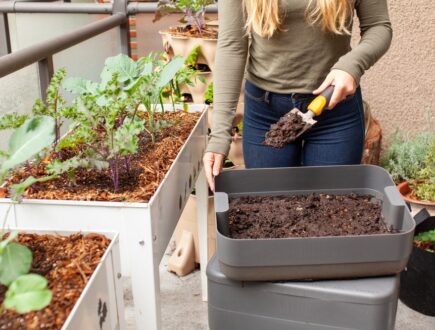



 Summer Deal! Get 15% off the
Summer Deal! Get 15% off the 




Comments (0)
There are no comments yet. Well then, what are you waiting for to
Be the first to write your comment!inaugurate this pretty page?
Do you have some comments?